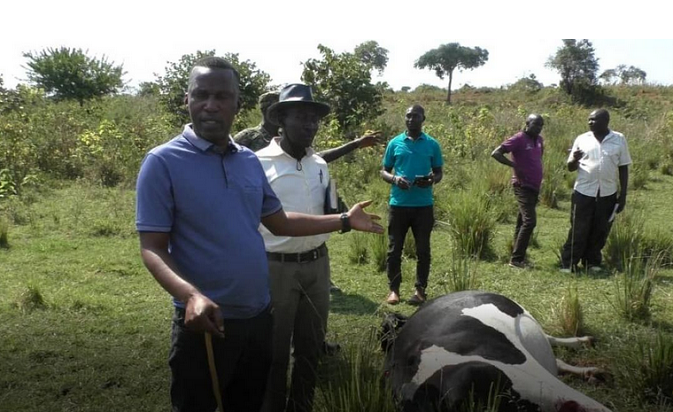The Fall Armyworm (FAW) is a new pest in Africa and is native to tropical and subtropical regions of the Americas.
The pest is known to feed on over 100 plant species, with cereals most preferred.
In Uganda, FAW has been observed feeding on maize, millet, rice, wheat, sugarcane and pasture grasses such as Rhodes grass and Napier grass with maize the most affected.
The caterpillars feed aggressively on any part of the plant except the roots. The pest was first reported in Uganda in June 2016 in Kasese, Kayunga and Bukedea and has spread to the rest of the country.
Management
1. Plant maize early at onset of rains to avoid peak immigration of the adult moths.
2. Remove and destroy all crop residues after harvest by deep burying or burning.
3. Deep plough the soil to bury the larvae and the pupae or plough to expose larvae and pupae within the upper soil surface
4. Timely and regularly weed the crop fields and destroy the host vegetation in the surroundings.
5. Monitor for the presence of the pest and its damage 2 – 3 weeks after planting. (Look for cream or grey egg masses on the underside of leaves covered in grey scales from the female moth,
6. Hand pick and destroy egg masses and the caterpillars where feasible
7. Over 20% infestation), spray with a pesticide formulation of Profenofos 40% EC + Cypermethrin 4% EC (of 20 – 50 ml per 20 liters of water) or Thiamethoxam 141g/l + Lambda – Cyhalothrin 106g/l at rate of 10 – 20 ml per 20 liters of water. Direct the spray into the plant whorl. Older (bigger) caterpillars require higher dosage than young (small) ones.
To be effective, spray early in the morning or late in the evening when caterpillars are actively feeding.
Credit: Office of Agriculture Minister





